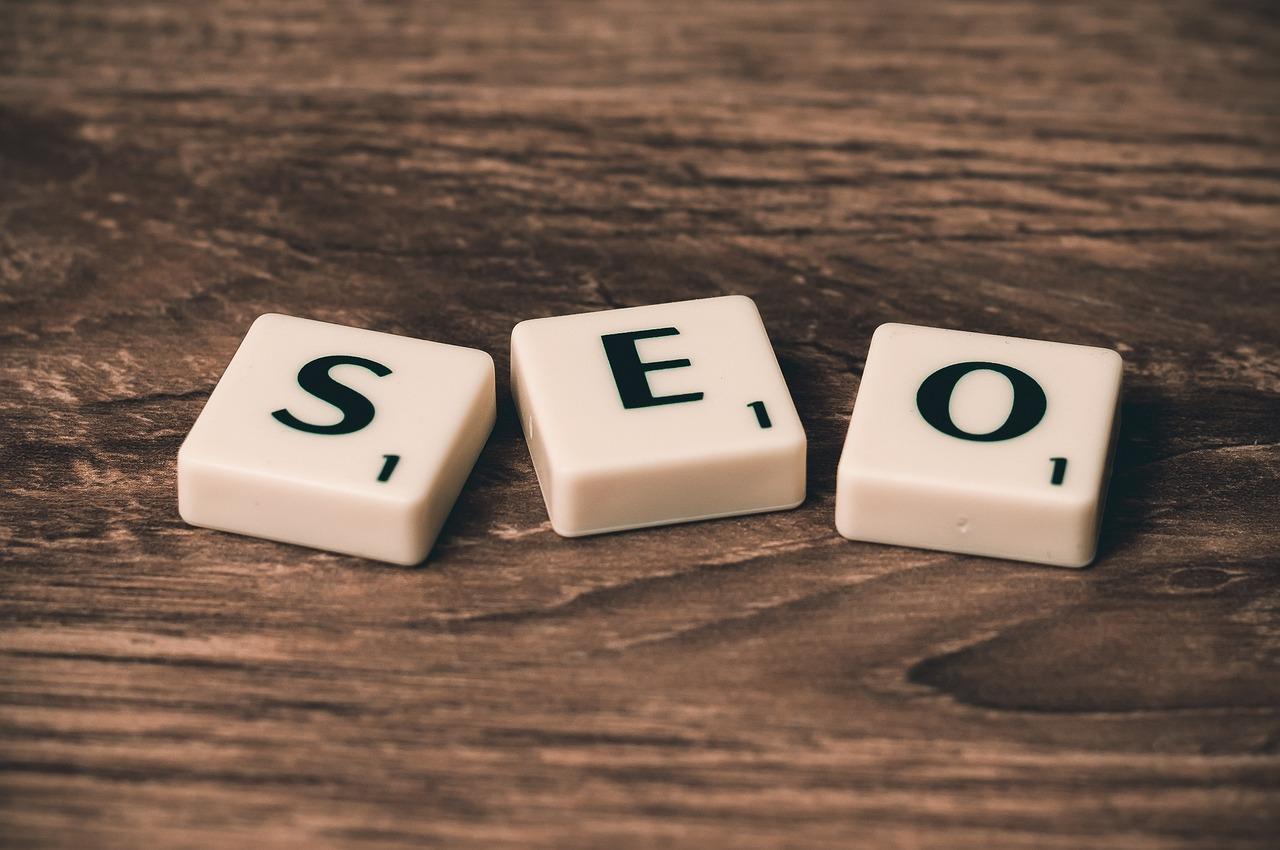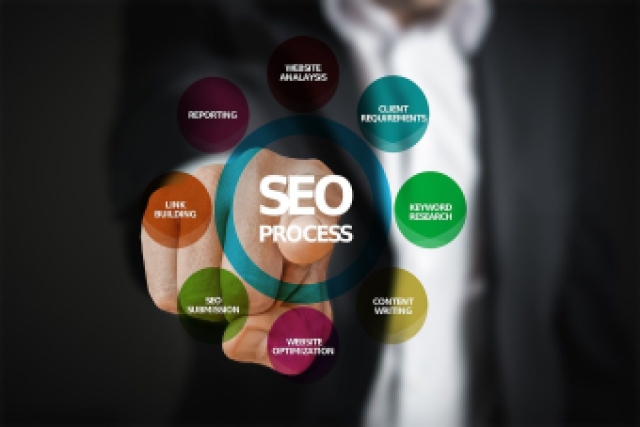
Best SEO Settings for WordPress to Boost Rankings
Unlocking the Best SEO Settings for WordPress to Boost Your Rankings
Are you struggling to get your WordPress site to rank higher on search engines? You’re not alone! Many website owners face the same challenge. But what if I told you that the secret to boosting your rankings lies in optimizing your SEO settings? In this article, we’ll explore the best SEO settings for WordPress that can transform your website’s visibility and drive more traffic. Let’s dive in!
1. Choose the Right SEO Plugin
The first step in optimizing your WordPress site is selecting a powerful SEO plugin. Two of the most popular options are Yoast SEO and All in One SEO Pack. These plugins offer a range of features, including:
- XML Sitemap generation
- Meta tag management
- Content analysis for SEO optimization
By using one of these plugins, you can easily manage your site’s SEO settings without needing extensive technical knowledge.
2. Optimize Your Permalink Structure
Your permalink structure plays a crucial role in SEO. A clean and descriptive URL can improve your site’s rankings. To set this up:
- Go to Settings > Permalinks.
- Select the Post name option.
This structure not only enhances readability but also helps search engines understand your content better.
3. Craft Compelling Meta Titles and Descriptions
Meta titles and descriptions are your first chance to attract clicks from search engine results. Make them count! Here’s how:
- Keep your titles under 60 characters.
- Include your primary keyword.
- Write engaging descriptions that encourage clicks.
Using your SEO plugin, you can easily customize these elements for each post and page.
4. Utilize Header Tags Effectively
Header tags (H1, H2, H3) help structure your content and improve readability. Use them wisely:
- Use H1 for your main title (only one per page).
- Use H2 for main sections and H3 for subsections.
This hierarchy not only aids user experience but also signals to search engines the importance of your content.
5. Optimize Images for SEO
Images can significantly enhance your content, but they can also slow down your site if not optimized. Here’s how to do it:
- Use descriptive file names.
- Include alt text with relevant keywords.
- Compress images to improve loading speed.
For example, consider the image below, which is optimized for quick loading and includes relevant alt text:

6. Implement Internal Linking
Internal linking is a powerful strategy to keep visitors on your site longer and improve SEO. Here’s how to do it effectively:
- Link to relevant content within your site.
- Use descriptive anchor text.
- Aim for a natural flow in your content.
This not only enhances user experience but also helps search engines crawl your site more efficiently.
7. Focus on Mobile Optimization
With more users accessing websites via mobile devices, ensuring your site is mobile-friendly is crucial. Here’s what you can do:
- Choose a responsive theme
Unlocking the Best SEO Settings for WordPress to Boost Your Rankings
Are you struggling to get your WordPress site to rank higher on search engines? You’re not alone! Many website owners face the same challenge. But what if I told you that the secret to boosting your rankings lies in optimizing your SEO settings? In this article, we’ll explore the best SEO settings for WordPress that can transform your website’s visibility and drive more traffic. Let’s dive in!
1. Choose the Right SEO Plugin
The first step in optimizing your WordPress site is selecting a powerful SEO plugin. Two of the most popular options are Yoast SEO and All in One SEO Pack. These plugins provide you with essential tools to manage your on-page SEO effectively. With these plugins, you can easily configure crucial settings like title tags, meta descriptions, and XML sitemaps. Don’t underestimate the importance of these tools; they are foundational to implementing the best SEO settings for WordPress.
2. Optimize Permalink Structure
Your permalink structure should be clean and descriptive. Navigate to Settings > Permalinks in your WordPress dashboard, and select the option for Post Name. This setting not only enhances readability but also helps search engines understand your content better. Focusing on straightforward, keyword-rich URLs can significantly improve your chances of ranking higher. Remember, a compelling URL structure is one of the best SEO settings for WordPress.
3. Enhance Site Speed
Site speed is a critical factor for SEO rankings. A slow-loading website can frustrate visitors and lead to higher bounce rates. Use tools like SEO Report Master to analyze your site’s performance and identify areas for improvement. Consider implementing caching plugins and optimizing your images to enhance load times. Speeding up your website not only improves SEO but also creates a better user experience, leading to higher engagement.
4. Implement XML Sitemaps
Creating an XML sitemap helps search engines crawl your website more efficiently. Fortunately, most SEO plugins will generate this for you automatically. Simply enable the XML sitemap feature within your chosen plugin. Once generated, submit your sitemap to Google Search Console. This step ensures that search engines can index your pages promptly, establishing a crucial link between your content and its visibility. Implementing XML sitemaps is undeniably one of the best SEO settings for WordPress.
5. Optimize Title Tags and Meta Descriptions
Your title tags and meta descriptions are the first things potential visitors see in search engine results. Crafting compelling titles and descriptions with targeted keywords is essential. Aim to include primary keywords early in your title and make it no longer than 60 characters. For meta descriptions, keep them within 150 characters, summarizing the content while encouraging users to click through. Well-optimized title tags and meta descriptions not only boost rankings but also enhance click-through rates, tapping into user curiosity and engagement.
6. Leverage Internal and External Linking
Linking internally to other posts on your site encourages visitors to navigate more pages and reduces your bounce rate. It’s vital for promoting relevant, related content. Simultaneously, linking to external authoritative sites builds credibility and trust. Use contextual links wisely throughout your content to create a well-rounded experience that can appeal to both users and search engines alike.
7. Optimize Images
Images can significantly influence your website’s load time and SEO. Ensure you’re using the right formats and sizes for visuals and always include alt tags that describe the image using relevant keywords. This practice isn't just for search engines—it also makes your site more accessible for users employing screen readers.
8. Utilize Social Media Integration
Social media can drive traffic and enhance your overall SEO strategy. Integrate social sharing buttons on your posts to encourage readers to share your content easily. The more engagement your content receives on social media, the more visibility it gains, which can ultimately boost its ranking on search engines.
9. Monitor Your Analytics
Regularly monitoring your site’s performance using tools like Google Analytics can provide insights into user behavior and traffic sources, helping you refine your strategy. Monitoring your analytics allows you to see what's working, what needs improvement, and where you can capitalize on trends. This data-driven approach is vital for maintaining the best SEO settings for WordPress as trends and algorithms constantly evolve.
10. Regular Content Updates
Lastly, always keep your content fresh and up-to-date. Search engines favor websites that regularly publish high-quality content relevant to users. This doesn’t mean you should constantly churn out new posts; instead, revisit and update old posts with new information, improved insights, or refreshed keywords. This practice can significantly enhance relevance and authority.
Conclusion
Implementing the best SEO settings for WordPress is a continuous journey, not a one-time task. By following this guide, you’ll set a solid foundation for improving your site’s visibility and attracting more visitors. Remember, optimizing your website takes time and effort, but the rewards—higher rankings, increased traffic, and improved engagement—are well worth it. Ready to boost your rankings? Start implementing these strategies today!
Professional SEO reports and tools
Identify technical SEO issues and take action to improve the health and performance of your website. Leverage advanced AI tools for SEO to gain deeper insights, and optimize your online presence more effectively.
Related posts

Boost Your App's Performance with Top Mobile SEO Keywords
Enhance your app's performance with targeted mobile SEO keywords. Increase visibility on search engi...
10 months ago

7 Best SEO Reporting Tools for Agencies That Deliver Real Results
Looking for the best SEO reporting tools for agencies? Check out this list of top platforms like SEM...
10 months ago

Boost Website Performance with Technical SEO Tools
Enhance website performance with top technical SEO tools. Increase online visibility and drive more...
10 months ago